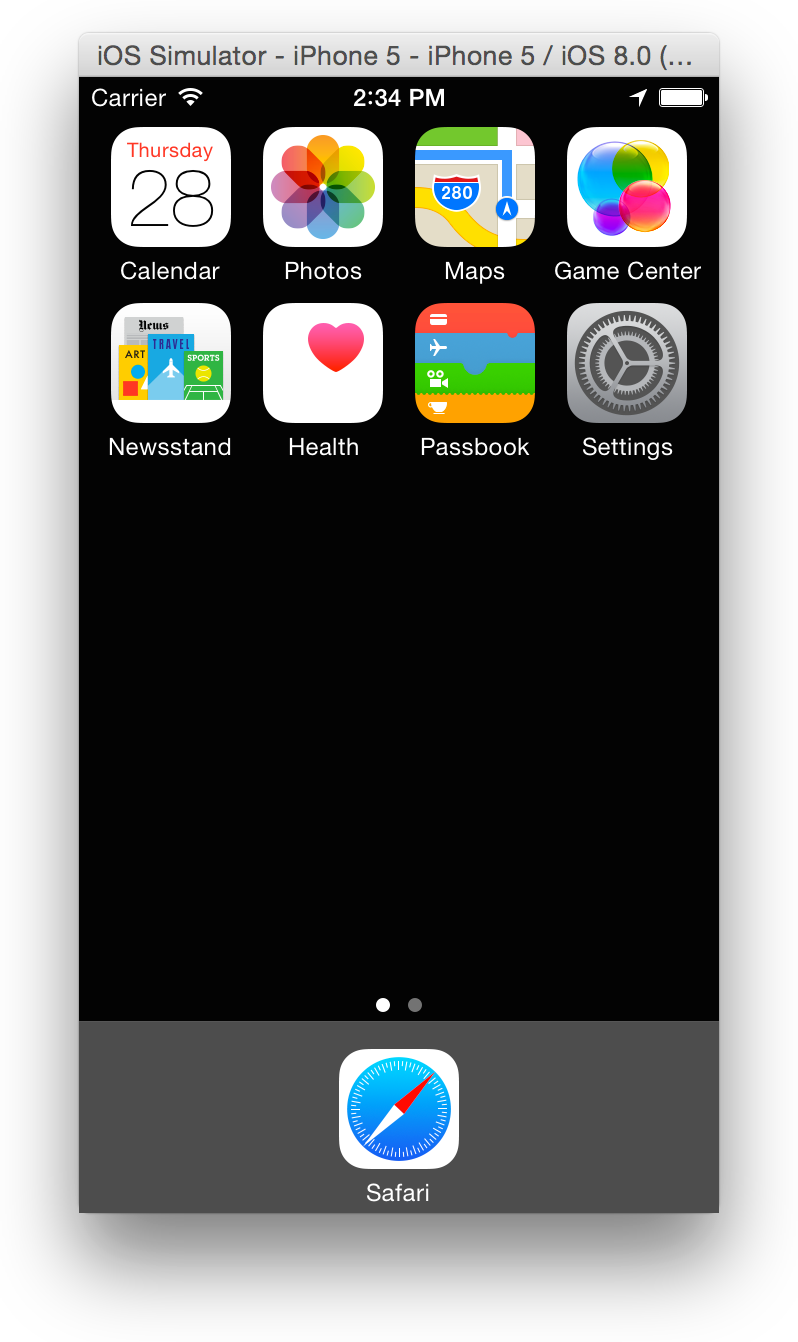This guide explains how you can install the iOS simulator on your Mac and use it for developing your app. It is not possible to install the iOS Simulator on any operating system except macOS; if you want to develop an app for iOS from a Windows machine then you will need to use a physical iOS device. Open Xcode - Window - Devices and Simulators. Check if there is any Simulator in left list,if not add the + button. First of all you need to build and run the App on your simulator. Then you open the Activity Monitor. Double click the name of your App to find its content. In the next screen open the Open Files and Ports tab and find the line with MyAppName.app/MyAppName. Apple's Xcode development tools include an iOS simulator (iPhone and iPad) which will run your iOS code. I suppose that you could call it a virtual machine, but it doesn't run native in VMware. Xcode is free to all Mac users.
Connect to Simulators in Eggplant Functional
- In iOS Gateway, make sure that the Devices/Simulators pane is in Simulators context.
- Select the device and iOS version combination that you want to simulate from the list, then click Start in the General tab.
- In Eggplant Functional, open the Connection List from the Connection menu.
- Create a connection to the simulator. The simulated device’s IP address displays in the title bar of the main iOS Gateway window. The port number displays in the Simulators list in the iOS Gateway UI.
- To work with multiple simulators, repeat steps 2-4 as needed. Note: The more simulators you have running at once, the more performance can degrade.
To change how the available simulators are sorted, go to iOSGateway > Preferences > Simulator. You can sort by device type or iOS version.
You can create and delete iOS simulators as needed. The types of simulators your can create are determined by the active version of Xcode and the OS version running on your Mac.
To delete a simulator, select the simulator you want to delete in the Simulators pane, then go to Simulators > Delete Selected.
Apps on Simulators
i.e., /Users/mobileqa/Library/Developer/Xcode/DerivedData/MyApp-glsaqcpwolnnmaedrcqfqfnedoop/Build/Products/Debug-iphonesimulator/MyApp.app
To compress a .app file in the Finder on a Mac, right-click its icon and select Compress.
i.e., InstallApp ResourcesFolder('MyApp.app.zip')
To install an app on a connected simulator, follow these steps.
Download Ios Simulator For Mac
- Go to Apps > Install Application.
- Find and open the app you want to install from your Mac.
- The app appears in the list of installed apps on the right side of the iOS Gateway window.

Iphone Simulator Download
Eggplantsoftware.com | 2021: Download Bluestacks For Macbook Pro